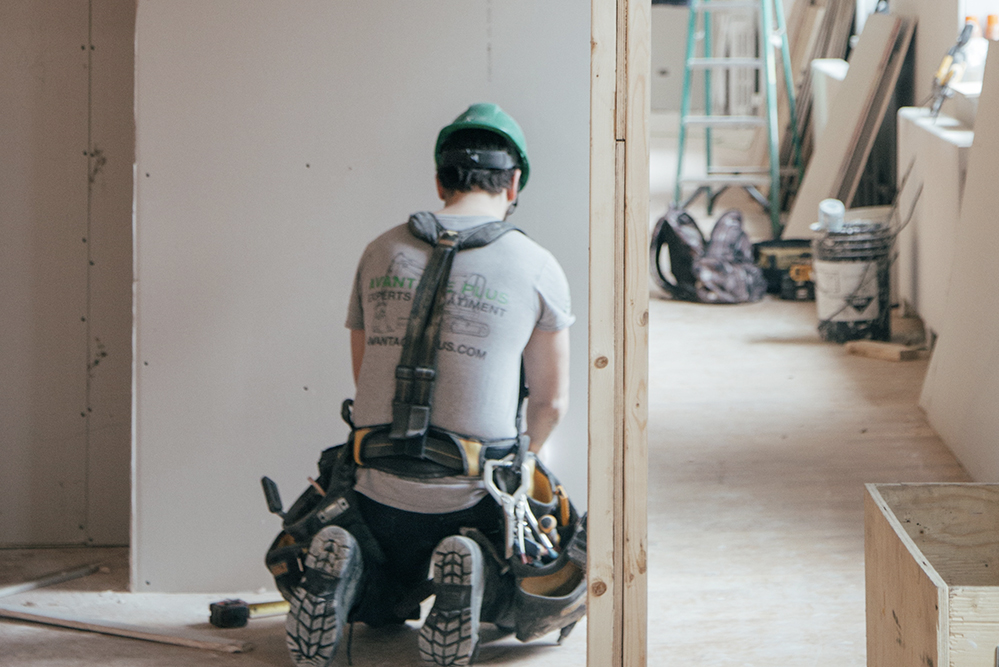The equity is out there, so why aren’t consumers tapping into it as much as predicted?
5 min read
What you’ll find in this post:
• Introduction
• Predictions and reality
• A plastic love affair
• Filling the information gap
• Collateral valuation considerations
Introduction
The past couple years, there have been some big predictions for the home equity line of credit (HELOC) market. For example, according to a TransUnion study, approximately 10 million consumers are expected to originate a HELOC between 2018 and 2022, which would more than double the 4.8 million HELOCs originated in the previous five-year period from 2012 to 2016.
Now that we’re halfway through 2019, how are those big predictions holding up?
At this point, not so well, according to an April article in The Washington Post. Despite record amounts of home equity available to homeowners — an estimated $1.5 trillion worth — they are tapping into it less via HELOCs. So what’s going on?
Predictions and reality
It’s probably not one thing in particular. Interest rate movements, tax law changes, lender restrictions, and an upcoming election year may be to blame. Consumers could be leaning toward the security of fixed-rate home equity loans over the unpredictability of adjustable-rate HELOCs. And there may be another, simpler explanation: Consumers are still feeling the emotions, experiences, and impacts from the Great Recession, and are wary of taking on debt linked to their homes.
Sam Khater, chief economist of Freddie Mac, said post-recession homeowners have “fundamentally changed” attitudes about the debt loads on their homes and are much more conservative about tapping into their equity. Millions of homeowners who had taken out HELOCs during the boom ultimately lost their homes in the crash, and many still have not recovered. Others still find themselves underwater with no or minimal equity.
All that said, Americans haven’t lost their desire for debt — they’re just taking it on in a different form.
A plastic love affair
According to Blend, another attention-grabbing alternative to HELOCs is plastic: credit cards.
A recent report from the Federal Reserve Bank of New York supports that theory. Total U.S. credit card debt reached an all-time high of $870 billion at the end of 2018, and while the increase in credit card balances is consistent with seasonal patterns, it marks the first time they have reached the same levels as during the 2008 peak.
Credit card marketing is edgy, catchy, and ever-present. Companies like Amazon have launched credit cards for those with bad or no credit. Credit cards are successfully positioned as the gateway to consumers’ every desire — including a fancy new kitchen or updated plumbing. And HELOCs certainly don’t earn any airline miles.
Another big reason consumers might lean toward unsecured debt like credit cards or personal loans? They gain access to capital a lot more quickly. Companies like Affirm offer near-instant financing. Credit cards and personal loans are usually funded in about seven days. Compare that to secured debt like HELOCs, which may take up to 45 days to close.
In our age of on-demand everything, consumers expect on-demand access to capital. They perceive HELOCs as complex and time consuming. And, based on the stats above, they’re right. But they may be unaware — or perhaps just need to be reminded — how much they’re shelling out by choosing credit cards and personal loans over HELOCs.
When compared to HELOC rates, credit cards and personal loans can’t compete. According to an article in U.S. News, the average APR on a HELOC nationwide is less than 6 percent, compared with an average APR of about 17 to 24 percent for credit cards and a little more than 10 percent for personal loans. It’s for that reason that LendingTree’s Chief Economist Tendayi Kapfidze still expects HELOCs to rise in popularity.
Filling the information gap
So, there are a variety of factors — including post-recession wariness — that may explain why HELOCs aren’t experiencing explosive popularity so far in 2019. At the same time, consumers have shown they aren’t opposed to debt — they’re still taking it on in massive amounts via credit cards and personal loans, and paying the interest to match.
This situation presents an opportunity for lenders to educate homeowners sitting on that estimated $1.5 trillion worth of available equity as to why HELOCs might be a better product than plastic or personal loans. One effective way, according to Blend: through the loan officers that provided homeowners mortgages in the first place.
Loan officers are expert relationship builders. They can ensure their new and existing mortgage customers know what a HELOC is, warn them of the dangers of overloading credit cards with home-based debt, and alert them to the tax savings HELOCs offer that credit cards don’t. In addition, loan officers can ensure established HELOC customers don’t feel left out by informing them what their line of credit offers them in later years and what alternative products are available to them
Collateral valuation considerations
For lenders originating HELOCs or home equity loans, every cent counts. Since the margins on HELOCs are small, the cost of the collateral valuation product has a large impact. While conventional appraisals are useful for mortgage origination, they are costly — and most of the time, overkill — for HELOCs.
Lenders should look into valuation alternatives — including automated valuation models (AVMs) and hybrid appraisals — that are significantly less costly than conventional appraisals while still maintaining a high level of robustness and accuracy. Another perk of valuation alternatives? They take less time to complete than conventional appraisals, which means consumers gain access to capital more quickly.
The valuation shouldn’t add any more time to an already time-consuming process. While an efficient valuation product isn’t the panacea for HELOC closing times, it still has a large impact, since the valuation is often one of the most time-consuming parts of the process.
Clear Capital has the No.1 AVM in the industry — ClearAVM. Still unsure about computers running the show? Check out this blog post on AVM testing by James Marshall, our director of real estate analytics products, or read his white paper.
If you’re looking for something more than just an AVM, check out Clear Capital’s home equity solution. It uses property analytics to automatically choose the right valuation product for every scenario, with turn times as quick as one to five days.


